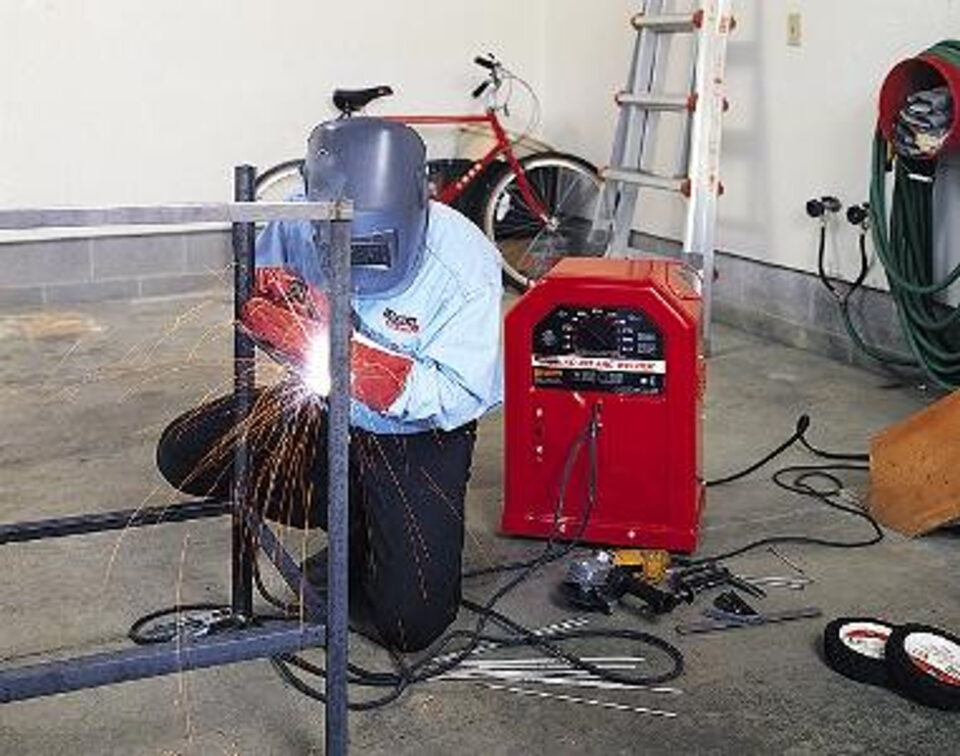The process of welding is critical to the success of a wide variety of businesses. As a result of advancements in technology, there are now more effective methods to carry out welding jobs. Its components are much lighter than compared to other welding. In addition to being less in weight, it has digital functionality such as tack welding and 4T. Therefore, it is an excellent choice for lengthy welds. The tack welding mode produces consistent tack welds and protects sheet metal from being warped as a result of uneven heat input.
An Introduction To Welding Equipment Using MIG Technology
MIG welding, which is also known as welding with metal inert gas, is a welding procedure that is extensively used and has earned an enormous amount of popularity in a variety of sectors. Many welders consider MIG welding equipment to be the superior option owing to the many benefits and adaptability offered by these machines. MIG welding machine manufacturers provide excellent customer support, warranty, and service, ensuring a smooth and hassle-free welding experience.
The elegance of MIG welding rests in the fact that it is both straightforward and productive. During this process, a consumable wire electrode is sent through a welding gun, where it is melted before being utilized to connect the base metal. Because the welder provides such exact control over the welding process, it is appropriate for use by both inexperienced welders and seasoned experts.
Learn The Ins And Outs Of
The arc is ignited in MIG/MAG welding whenever the filler metal or welding wire comes into contact with the component being welded. MIG welding can be used on a variety of metals, including steel, aluminium, and stainless steel, making it suitable for a wide range of applications, from automotive and construction to fabrication and repair work.
A so-called “shielding gas” is also pumped via the gas nozzle in order to protect the arc from the reactive oxygen that is present in the surrounding environment. This reduces the amount of oxygen present during the welding process.
What Type Of Gases Are Used In MIG Welding Process?
Active gases are required for MAG welding and may include pure CO2 or mixed gases consisting of argon, CO2, and O2 in a variety of proportions. Unalloyed materials, low-alloy materials, and high-alloy materials may all be processed using the MAG method.
On the other hand, MIG welding makes use of inert gases, which are gases that do not react with other substances, such as pure argon and helium or mixes of argon and helium. The procedure may be used to successfully weld a variety of materials including aluminum, copper, magnesium, and titanium. Because of its superior shielding capabilities, argon is often chosen as the filler gas of choice when non-ferrous metals like aluminum and stainless steel are to be welded. On the other hand, carbon dioxide is used rather often in the process of welding carbon steel owing to the fact that it is both inexpensive and able to give deep penetration. In addition, in order to improve the qualities of the weld produced by MIG/MAG welding, filler gas is occasionally used. Mixtures of argon with other gases, such as helium or hydrogen, may be used to enhance the stability of the weld and to accelerate the speed of the welding process.
Advantages Of MIG Welding Machine
- Weld quality and control may both be greatly improved by MIG welding. Welders are able to produce consistent and high-quality welds by using a procedure that enables exact control of the amount of heat input, the duration of the arc, and the speed of the wire. The use of shielding gas, which is commonly a combination of argon and carbon dioxide, helps to establish a stable arc and protects the weld pool from ambient impurities, which ultimately results in clean and strong welds. This can be achieved by the use of shielding gas.
- The amount of spatter produced by MIG welding is quite low. Because of this, there is less of a need for time-consuming and labour-intensive post-weld cleaning, which leads to higher productivity and savings in both time and money.
- The continuous wire feeding function of MIG welding enables smooth and efficient welding operations, which ultimately saves time and enhances overall productivity. This feature may be used for the fabrication of metal structures as well as for working on car repairs.
- MIG welding is a well-liked option in sectors such as the automotive, aerospace, and construction industries since these sectors often need the joining of diverse types of metals.

